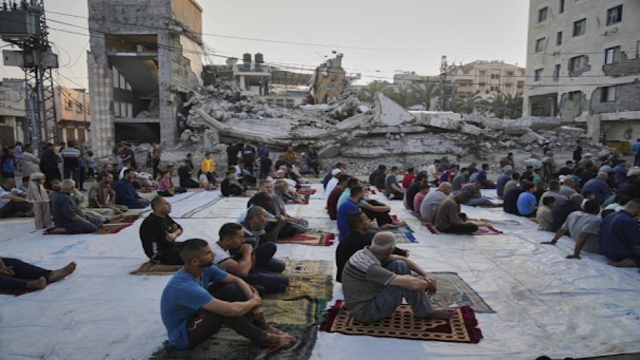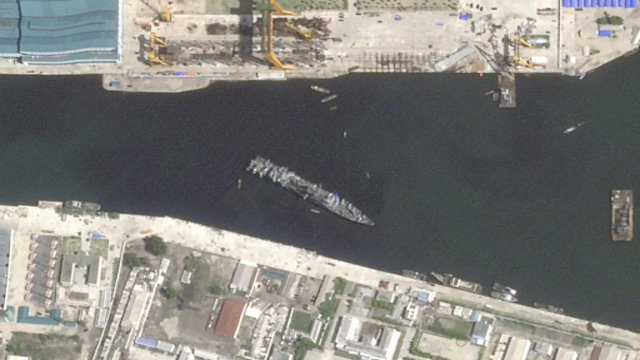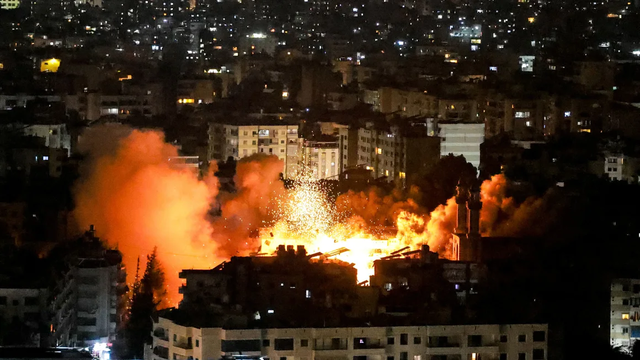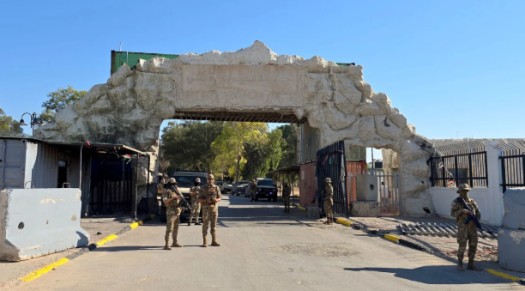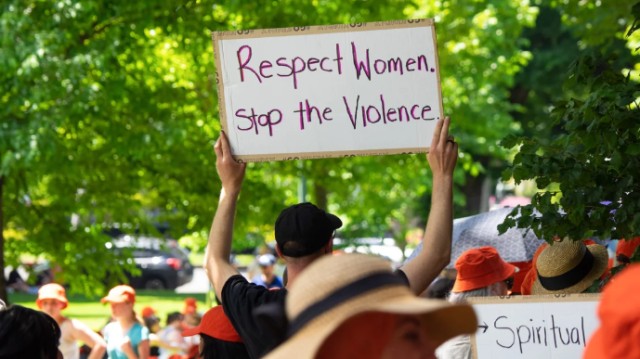
Gaza's health ministry, controlled by Hamas, reports that over 51,200 Palestinians have lost their lives. REUTERS
At al-Shifa Hospital in Gaza City, Alam Hirzallah faces a heartbreaking task: registering the deaths of his cousin’s wife and two children. His family found them in their house after an Israeli airstrike hit eastern Gaza. Asma Hirzallah, Mayar, 5, and Abdullah, 3, were killed in the attack. The family brought their bodies to the hospital using a tuk-tuk, and now Alam must fill out the necessary paperwork. The hospital required their full names and ID numbers, as Palestinians are assigned these by Israel. Alam was given a paper confirming their deaths but now faces uncertainty about where to bury them, as most cemeteries are in areas under Israeli control.
The Gaza Health Ministry, run by Hamas, reports that over 51,000 people have died since the war began 18 months ago. A significant portion of those killed, nearly one-third, are under 18. These figures have faced challenges, particularly from Israel, which questions the accuracy of the reported numbers. Israel claims the lists may be used for propaganda purposes, while also accusing Hamas of exaggerating the numbers of women and children killed.
The Health Ministry’s official lists have been revised multiple times, with some recent reports suggesting that 3,000 names were removed from the list of fatalities. This prompted media outlets to question the reliability of the figures. In response, Zaher al-Wahidi, a Gaza health official, stated that the list is updated and verified to ensure accuracy. He explained that it’s a revision process, not the removal of names. The Ministry claims that during the revision, some people who had died from natural causes or were mistakenly listed as dead have been removed.
Before 2024, Gaza health officials counted fatalities based on bodies brought to hospitals. However, as the war escalated and medical facilities became targets, the process became less reliable. Israel has argued that it targeted hospitals because Hamas allegedly uses them to hide fighters, though Hamas denies this. To improve the accuracy of death tolls, Gaza introduced online forms that relatives could fill out to report dead or missing individuals. Al-Wahidi confirmed that names removed during revisions were mainly those reported via these online forms.
A judicial committee now investigates all cases of reported deaths, checking the accuracy of the data. Some people who were previously listed as dead were later found to be alive and imprisoned by Israel. Cases of indirect deaths, such as those caused by lack of medical care, are not included in the death toll. Recently, Gaza’s health ministry also audited the data in the hospital’s mortuaries, correcting errors in identifying victims.
Still, many bodies remain under rubble, and approximately 900 unidentified corpses are not yet counted. After a ceasefire, many of these bodies were recovered, identified, and added to the official records.
Israel has occasionally provided its own estimates of the number of Palestinian fighters killed, but it doesn’t release numbers on civilian casualties. Both sides of the conflict have restricted independent reporting, with journalists unable to verify death toll figures firsthand. Local Palestinian journalists play a vital role in reporting fatalities, often sharing footage and interviewing witnesses to confirm the details.
The current conflict’s death toll far surpasses previous rounds of violence between Israel and Palestine, and there is no clear end in sight. The numbers continue to rise daily, with civilians paying a heavy toll in this ongoing war.



